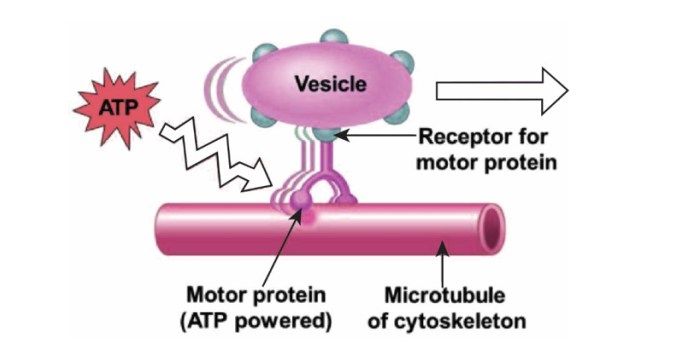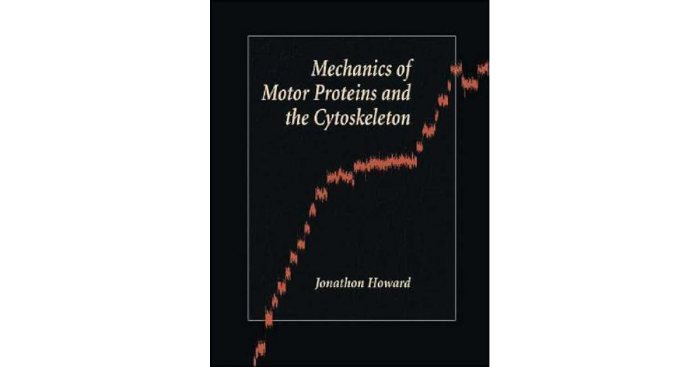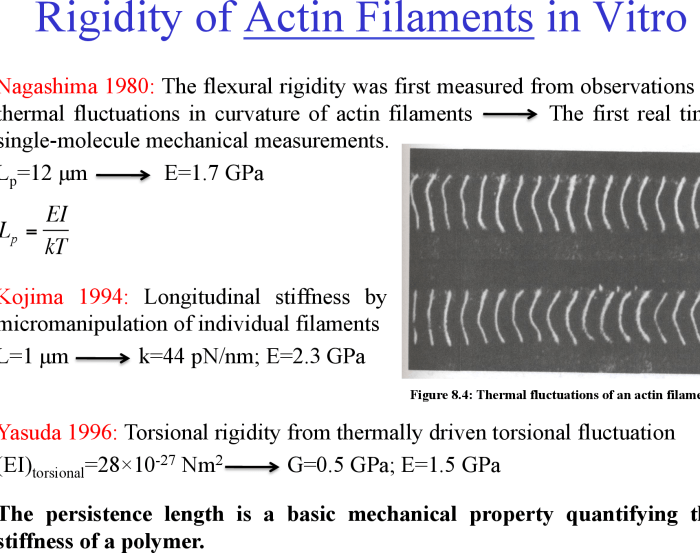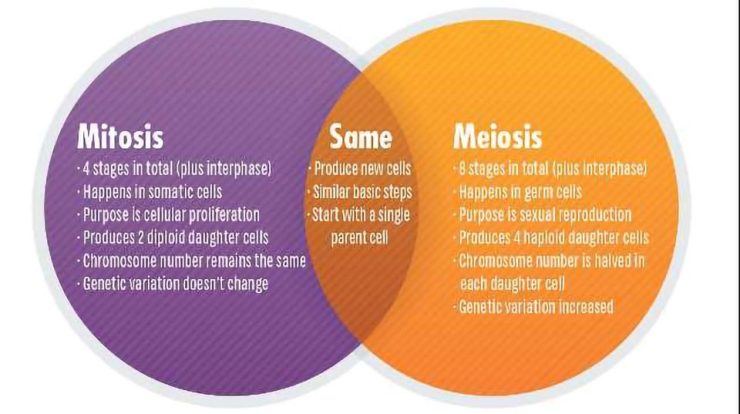The mechanics of motor proteins and the cytoskeleton form an intricate dance within the cell, driving essential processes and shaping cellular architecture. This interplay orchestrates a symphony of movements, from the transport of organelles to the division of cells. Delving into the molecular mechanisms that govern these interactions unveils a world of cellular precision and dynamism.
Motor proteins, the engines of the cell, traverse along cytoskeletal filaments, the tracks that guide their movement. This collaboration orchestrates cellular processes, including organelle transport, cell division, and cell migration. Understanding the regulation and function of motor proteins and the cytoskeleton is crucial for deciphering cellular physiology and disease mechanisms.
Structure and Function of Motor Proteins: Mechanics Of Motor Proteins And The Cytoskeleton

Motor proteins are molecular machines that convert chemical energy into mechanical work to generate force and movement within cells. They are essential for a wide range of cellular processes, including intracellular transport, cell division, and cell migration.
Molecular Architecture and Organization
Motor proteins are typically composed of three domains: a head domain, a neck domain, and a tail domain. The head domain binds to the cytoskeletal filaments and contains the motor domain, which is responsible for generating force and movement. The neck domain connects the head and tail domains and provides flexibility to the motor protein.
The tail domain interacts with other proteins and cellular structures, allowing the motor protein to be targeted to specific locations within the cell.
Types of Motor Proteins and Their Roles
There are two main classes of motor proteins: kinesins and dyneins. Kinesins move towards the plus end of microtubules, while dyneins move towards the minus end. Both kinesins and dyneins play crucial roles in intracellular transport, organelle positioning, and cell division.
Mechanics of Motor Protein Movement
Motor proteins move along cytoskeletal filaments through a hand-over-hand mechanism. The motor domain binds to the cytoskeletal filament and undergoes a conformational change, causing the motor protein to take a step forward. The motor domain then releases the cytoskeletal filament and rebinds to the next available binding site, repeating the cycle.
Cytoskeletal Dynamics and Motor Protein Function

The cytoskeleton is a dynamic network of protein filaments that provides structural support to the cell and facilitates intracellular transport. Motor proteins play a crucial role in maintaining the dynamic nature of the cytoskeleton.
Cytoskeletal Organization and Remodeling
Motor proteins contribute to cytoskeletal organization by transporting and assembling cytoskeletal filaments. Kinesins and dyneins are involved in the transport of microtubules, while myosins are involved in the transport and organization of actin filaments.
Interaction with the Cytoskeleton
Motor proteins interact with the cytoskeleton through their tail domains. These interactions allow motor proteins to be targeted to specific locations within the cell and to regulate the dynamics of the cytoskeleton.
Regulation of Motor Protein Activity
The activity of motor proteins is tightly regulated to ensure proper cellular function. Regulation can occur at multiple levels, including gene expression, protein synthesis, and post-translational modifications.
Factors Regulating Motor Protein Activity
The activity of motor proteins is regulated by a variety of factors, including cellular signaling pathways, post-translational modifications, and the availability of ATP.
Mechanisms of Regulation
Motor protein activity can be regulated through changes in their affinity for cytoskeletal filaments, their directionality, or their processivity. Post-translational modifications, such as phosphorylation and ubiquitination, can alter the activity of motor proteins.
Motor Proteins in Cellular Processes

Motor proteins are involved in a wide range of cellular processes, including cell division, organelle transport, and cell migration.
Cell Division
Motor proteins play a crucial role in cell division by transporting chromosomes and spindle fibers during mitosis and meiosis.
Organelle Transport
Motor proteins are responsible for transporting organelles throughout the cell. Kinesins and dyneins transport organelles along microtubules, while myosins transport organelles along actin filaments.
Cell Migration, Mechanics of motor proteins and the cytoskeleton
Motor proteins are involved in cell migration by generating force and movement at the cell’s leading edge. Myosins and kinesins are involved in the formation and extension of cell protrusions.
Advanced Techniques for Studying Motor Proteins and the Cytoskeleton

Advanced experimental techniques have greatly contributed to our understanding of motor proteins and the cytoskeleton.
Single-Molecule Imaging
Single-molecule imaging techniques, such as total internal reflection fluorescence (TIRF) microscopy, allow researchers to visualize and track the movement of individual motor proteins in real time.
Super-Resolution Microscopy
Super-resolution microscopy techniques, such as stimulated emission depletion (STED) microscopy and photoactivated localization microscopy (PALM), provide detailed images of the cytoskeleton and motor protein complexes at the nanoscale.
Cryo-Electron Microscopy
Cryo-electron microscopy (cryo-EM) allows researchers to determine the high-resolution structure of motor proteins and their complexes with cytoskeletal filaments.
Query Resolution
What is the role of motor proteins in cellular processes?
Motor proteins are responsible for transporting organelles, vesicles, and other cellular components along cytoskeletal filaments, facilitating essential cellular processes such as cell division, organelle transport, and cell migration.
How do motor proteins interact with the cytoskeleton?
Motor proteins bind to specific cytoskeletal filaments, such as microtubules or actin filaments, and utilize ATP hydrolysis to generate force for movement along these tracks.
What factors regulate motor protein activity?
Motor protein activity is regulated by various factors, including post-translational modifications, signaling pathways, and interactions with regulatory proteins.
